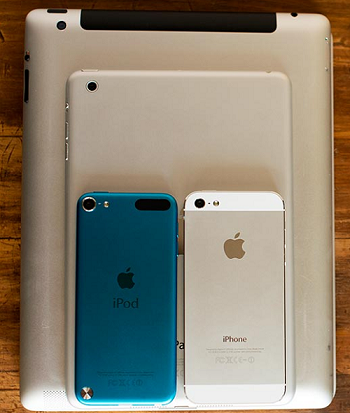
Method 1
Step 1: Launch Settings from your Home screen.
Step 2: Tap Accessibility.
Step 3: Choose Touch.

Step 5: Toggle AssistiveTouch.

Note: Before using this option, make sure your device has Siri enabled.
Method 2: Use "Hey Siri" to say, “Turn on AssistiveTouch.”

Method 1
Step 1: Launch the Settings app on your iPhone or iPad.
Step 2: Tap on General.
Step 3: Tap on Accessibility.
Step 4: Tap on AssistiveTouch under the Physical & Motor section — it's towards the bottom. Turn On AssistiveTouch.

Step 1: Go to Settings > General > Accessibility and scroll down to Accessibility Shortcut.
Step 2: Under the triple-click the Home button for option, select Assistive Touch.




0 comments:
Post a Comment